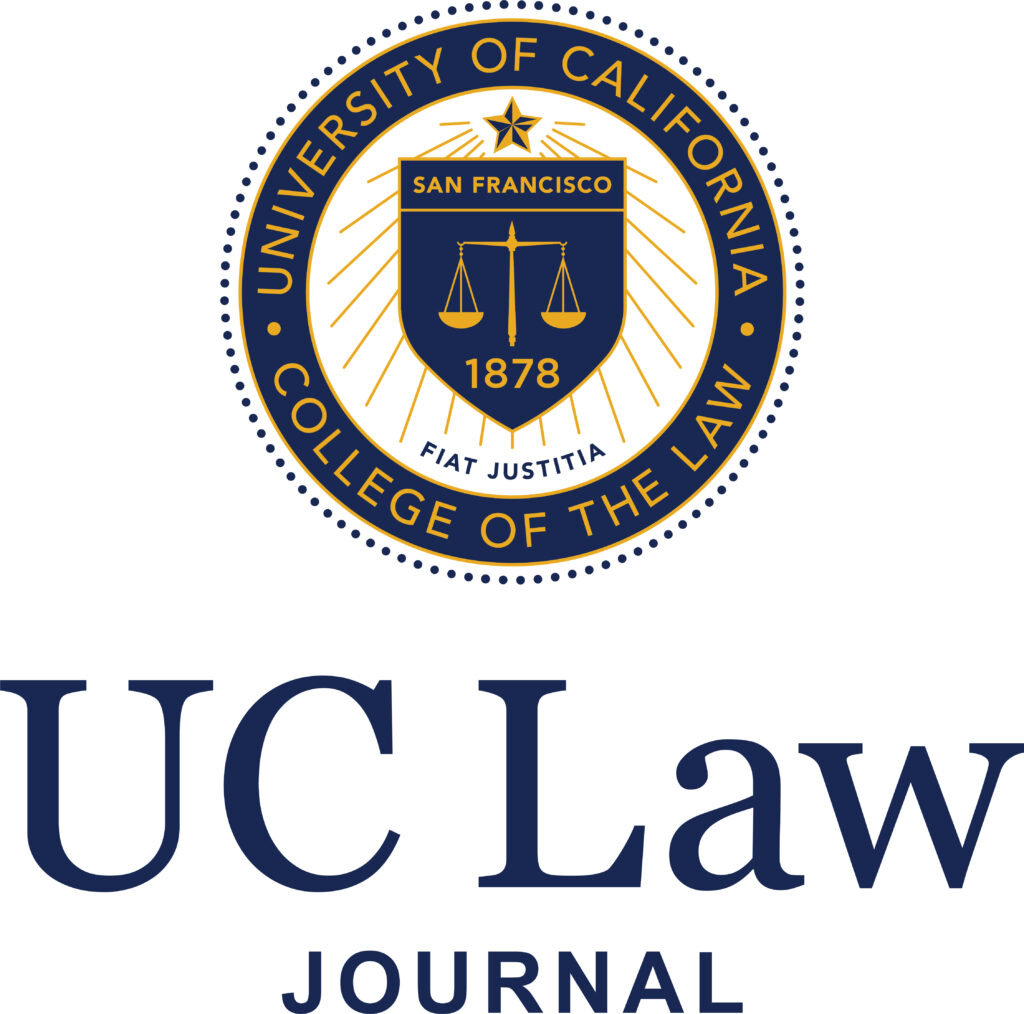Opinion Analysis: People v. Banks
In the 1980s, the U.S. Supreme Court handed down two important decisions about whether and when a defendant can get the death penalty for felony murder when the defendant did not personally kill or intend to kill. In Enmund v. Florida (1982), the Court held that a man who served as the getaway driver for a robbery, and who was not present when the unplanned killing occurred, was ineligible for the death penalty. Five years later in Tison v. Arizona (1987), the Court upheld a death sentence for two men who conducted an armed breakout of two convicted murderers after the breakout resulted in the convicts killing a family of four and taking their car. In accordance with Tison, California voters enacted Penal Code section 190.2(d), which allows the death penalty for those who are “major participants” in enumerated felonies and who act with “reckless indifference to human life.” But neither the statute nor subsequent Supreme Court decisions explain what either of the two terms mean.
Last week, the California Supreme Court gave some guidance as to how these terms should be interpreted in the unanimously decided People v. Banks, authored by Justice Werdegar. Troy Matthews was the getaway driver for an armed robbery, and was not present when his confederates, two of whom were members of Matthews’ gang but none of whom had killed before, shot and killed one of the robbery victims. The prosecution did not seek the death penalty and Matthews was given life without parole (“LWOP”) under section 190.2(d). The California Supreme Court was tasked with determining whether Matthews, whose culpability fits somewhere between that of the defendant in Enmund and the defendants in Tison, could be sentenced to LWOP (the court held that even though Matthews was not sentenced to death, the Eighth Amendment nevertheless controlled as to whether section 190.2(d) could be applied to him).
After carefully analyzing Enmund and Tison, the court distilled a list of questions that may play a role in determining whether section 190.2(d) applies, including:
- “What role did the defendant have in planning the criminal enterprise that led to one or more deaths?”
- “What role did the defendant have in supplying or using lethal weapons?”
- “What awareness did the defendant have of the particular dangers posed by the nature of the crime, weapons used, or past experience or conduct of the other participants?”
- “Was the defendant present at the scene of the killing, in a position to facilitate or prevent the actual murder, and did his or her own actions or inactions play a particular role in the death?”
- “What did the defendant do after lethal force was used?”
Turning to the facts of the case, the court found that Matthews was neither a “major participant” in the felony murder nor did he evince a “reckless indifference to human life.” The court’s analysis with regard to the first element would seem to preclude application of section 190.2(d) to anyone who was “no more than a getaway driver,” absent proof that the defendant had some role planning, procuring weapons, encouraging the killing, or similar activities. Especially noteworthy about the SCOCA’s analysis of the second element is that the court found there was evidence from which a jury could have inferred that Matthews “knew he was participating in an armed robbery,” but held this was insufficient to prove that he knew his actions would involve the “grave risk of death” necessary to demonstrate reckless indifference. Armed robbery is considered an “inherently dangerous felony,” but the court held that the mere fact the felony in question is deemed inherently dangerous or involves the use of deadly weapons does not demonstrate reckless indifference to human life. The court did, however, acknowledge that there may be certain inherently dangerous felonies which would necessarily evince the requisite reckless indifference, but it declined to speculate as to what those felonies might be.
Ultimately, the Banks decision provides valuable guidance for determining whether conduct meets the “major participant” and “reckless indifference to human life” standards required by section 190.2(d), while seemingly leaving juries and lower courts with broad discretion to apply those principles when a defendant’s culpability sits somewhere on the continuum between Enmund and Tison.
- Opinion Analysis: People v. Seumanu - August 27, 2015
- Opinion Analysis: People v. Banks - July 14, 2015
- Review granted in People v. Buza – Whether California’s DNA collection law violates the U.S. or Cal. Constitution - March 6, 2015





